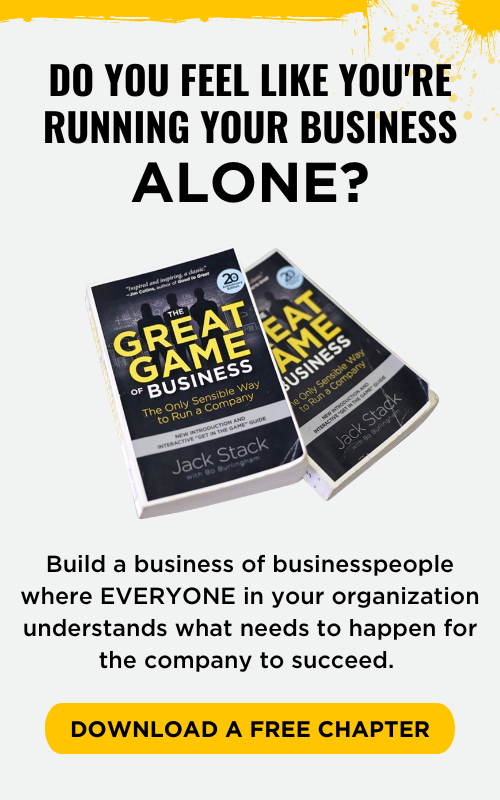Each year, Fortune partners with the Great Place to Work Institute to survey employees at hundreds of corporate America’s top firms to determine which companies will be named as one of the 100 Best Companies to Work For. The most recent list, released in 2022, included Great Game Hall of Fame winner, Hilcorp Energy.
Read More
Business is always shifting. Economic trends change, technology evolves, and generational workforces move in and out. The one thing companies can always be sure of is adversity. So how do companies manage all the chaos? With today's supply chain issues, more people exiting the workforce than ever before, and the war for talent at an all-time high, how do business leaders possibly keep up with company culture and better yet, ensure they're making a profit?
Read More
What does the Human Resources department look like for a company practicing open-book management and organizational transparency? Patty McCord gave us a sneak peek look at some of the cultural elements and values that helped make Netflix so successful, yes, Netflix. For those of you unfamiliar, Patty McCord is the author of Powerful: Building a Culture of Freedom and Responsibility. Patty was a key confidant of Netflix founder Reed Hastings and served as the head of HR at Netflix during its rise. In her book, Powerful, she credits reading The Great Game of Business, by Jack Stack and Bo Burlingham, for inspiring Netflix to adopt transparency and education when it came to the company's financials and strategic goals. According to Powerful, a big part of Netflix's secret to success in being first to shift to both a subscription model service and then later, a digital streaming service, was that they practiced open-book management.
Read More
There was so much promise for the post-pandemic economy—especially for the manufacturing sector. Many organizations continue to see an unprecedented surge in demand for their products—levels the economy hasn’t seen for 40 years. For many, it’s been a struggle to keep up with customer orders. It’s like trying to drink out of a fire hydrant to keep up with this kind of growth. The forecasts continue to look strong, too, as retailers and dealers increasingly look to insource and onshore production from overseas. The future of manufacturing in the U.S. looks brighter than it has in decades. Yet, there’s a catch. Manufacturers now have emerging pain points to contend with. Supply chains are stretched to their limits. Ships lay docked outside ports while there aren’t enough trucks or drivers to cart products away. Millions of dollars of finished goods may sit in warehouses for months awaiting parts worth mere dollars.
Read More
It feels like we’re on some kind of crazy rollercoaster ride. One day we’re riding high, and then, whoosh, we’re hit with school closings and absenteeism due to Covid, shortages of parts, and, heck, even a big ice and snowstorm to contend with. You get to the point where you think you might be too tired to duck from the next punch headed your way. When you add that we were also trying to close out our fiscal year on January 31 amidst all those challenges, it could have been enough just to wave the white flag and surrender. As anyone involved in balancing your books at year-end knows, it can be a royal pain. The pain is only made worse when you put off things during the year because of those challenges you’re forced to deal with. For example, if you ran into a supply chain logjam, you might be forced to place an emergency order—and pay a significant premium for it—which then impacts your cost and pricing structure. Or maybe you couldn’t collect on your receivables because of paperwork errors or maybe because someone was out sick. Have you seen what shipping containers cost these days? That means you wouldn’t get the cash you expected, which is the last place you ever want to be.
Read More
You never thought you’d be here–navigating your business through a global pandemic that has changed nearly everything about the way we work. You’ve learned to cope with the quarantines, the safety protocols and the financial uncertainty. Still, now you’re facing one more potential pivot: the switch to a hybrid or fully remote workforce. You’re thinking: What happens when my employees are no longer together as a team? Will they lose motivation? Will communication break down? Will our bottom line suffer? Maybe you’re already experiencing some of these issues–but it doesn’t have to be this way. The core principles of the Great Game of Business®–educating and empowering employees to think and act like owners, and engaging them by giving them a Stake in the Outcome®—can help eliminate the risk of disengagement that comes with remote work.
Read More
Peter Drucker is credited with saying, "culture eats strategy for breakfast". Even in today’s tech driven economy, a company’s human capital is still the most powerful potential competitive advantage. Great work culture is incredibly hard to build and even harder to maintain. Usually, workplace culture is measured in terms of employee engagement. The cultures I admire most built their employee engagement around these strategies below:
Read More
The New Year is off and running. If your business is anything like ours, you’ve got your hands full. The good news is that we’ve begun to see some progress in overcoming the shortages in parts and people we’ve been struggling with ever since the pandemic hit us in March 2020. Getting our supply chain straightened out while also finding ways to recruit new people (and retain our existing associates) has helped us get back on track with our annual plan. In fact, our team has been remarkably consistent in the accuracy of our forecasts. (We’ll see how accurate when we close out our fiscal year at the end of January.) We’re also leaving far less potential business on the table due to the easing of those constraints, which bodes well for our growth heading into 2022. When I talk to other business owners and executives, I hear similar good news. It’s pretty common to hear that 2021 was a record year for many of them. That’s led to a lot of optimism as people looked to 2022.
Read More
Winning is not just a matter of pride, of course. It is also a habit. Unfortunately, losing can get to be a habit as well. When people are in the habit of losing, you won’t see fire in their eyes, only sand. If you want to light the fire, you have to begin by creating wins and celebrating wins— by making a big deal out of little victories and then building on the little victories to achieve bigger victories. It’s a way of putting fun in the workplace— literally. We throw parties and hold celebrations at the drop of a hat. What we’re really doing is creating a team.
Read More
Start By Dispelling Three Common Management Myths: Lessons From The Great Game of Business People are quitting jobs at a rate like we’ve never seen before. In what’s become known as “The Great Quit” or “The Great Resignation,” millions of workers are leaving their jobs every month. When you combine that with the flood of retiring Baby Boomers, we’re witnessing a seismic reshuffling of the work force. Even Santa Claus is in short supply. What’s even more stunning is that this might be just the beginning. Research from Microsoft and Gallup finds that some 41% of the global workforce, and nearly 50% of employees in the U.S., are actively looking for a new job. As many (if not most) employers now scramble to keep their existing people—let alone recruit new employees—it’s created a new emphasis on answering the question: Why are so many workers quitting?
Read More

.png)

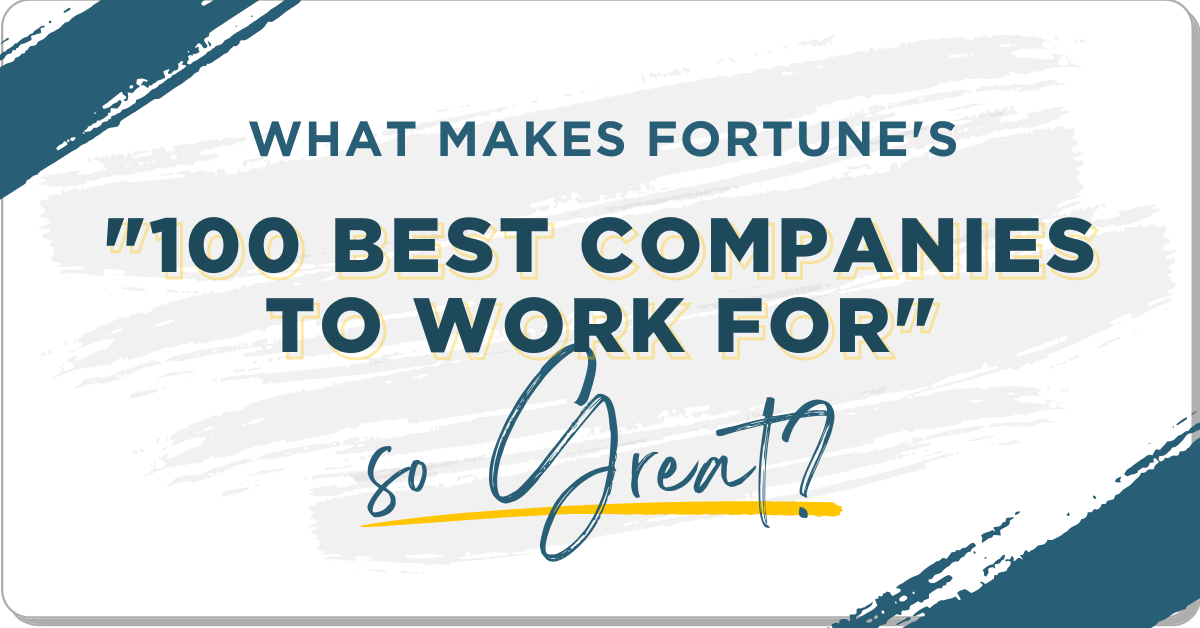
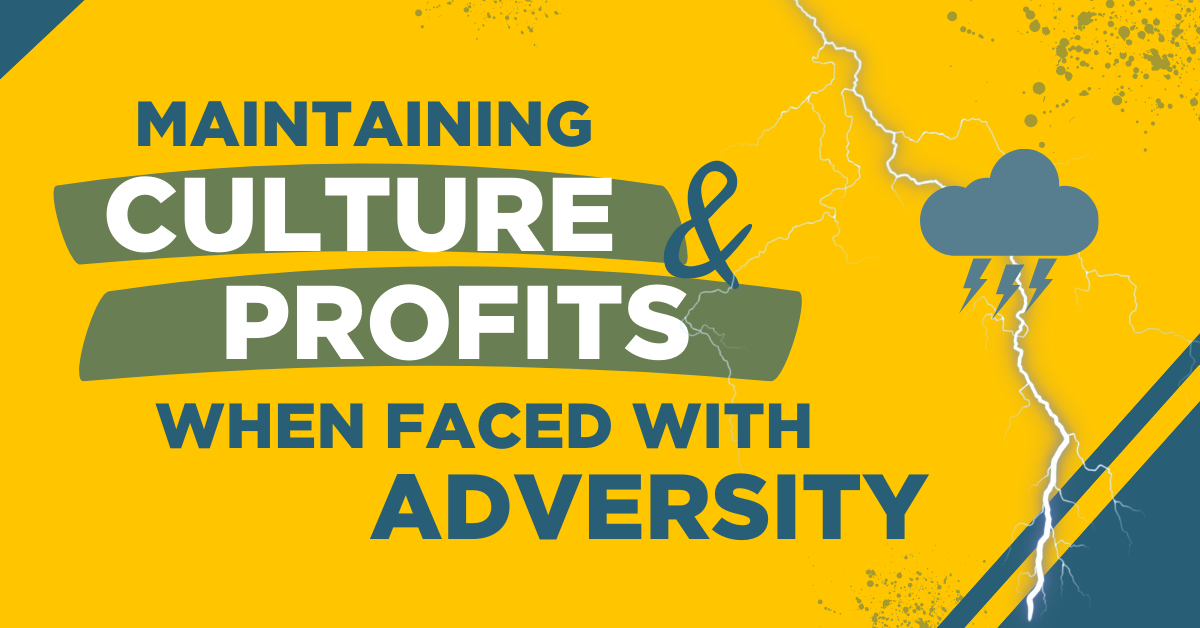
.png)
.png)
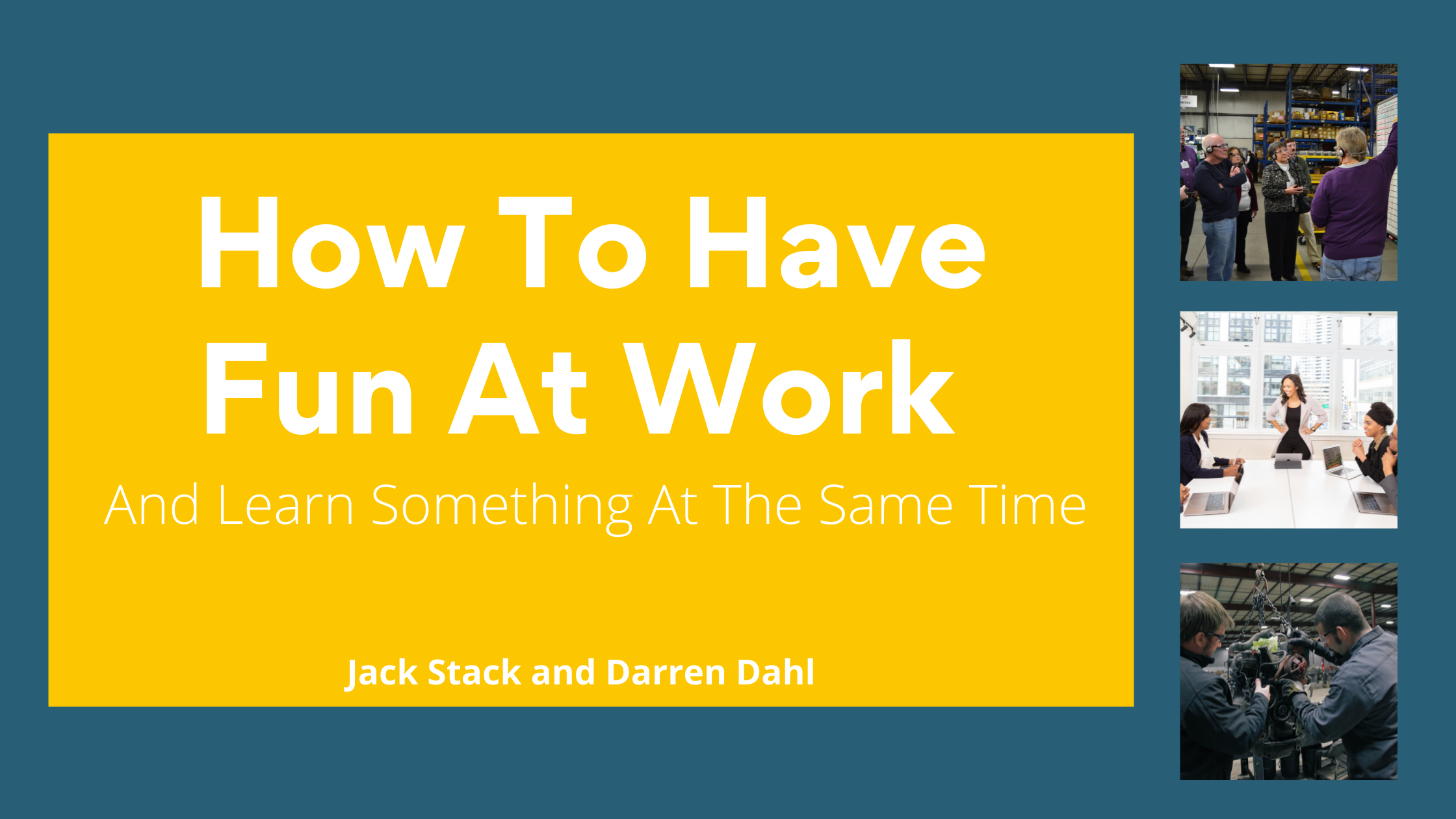
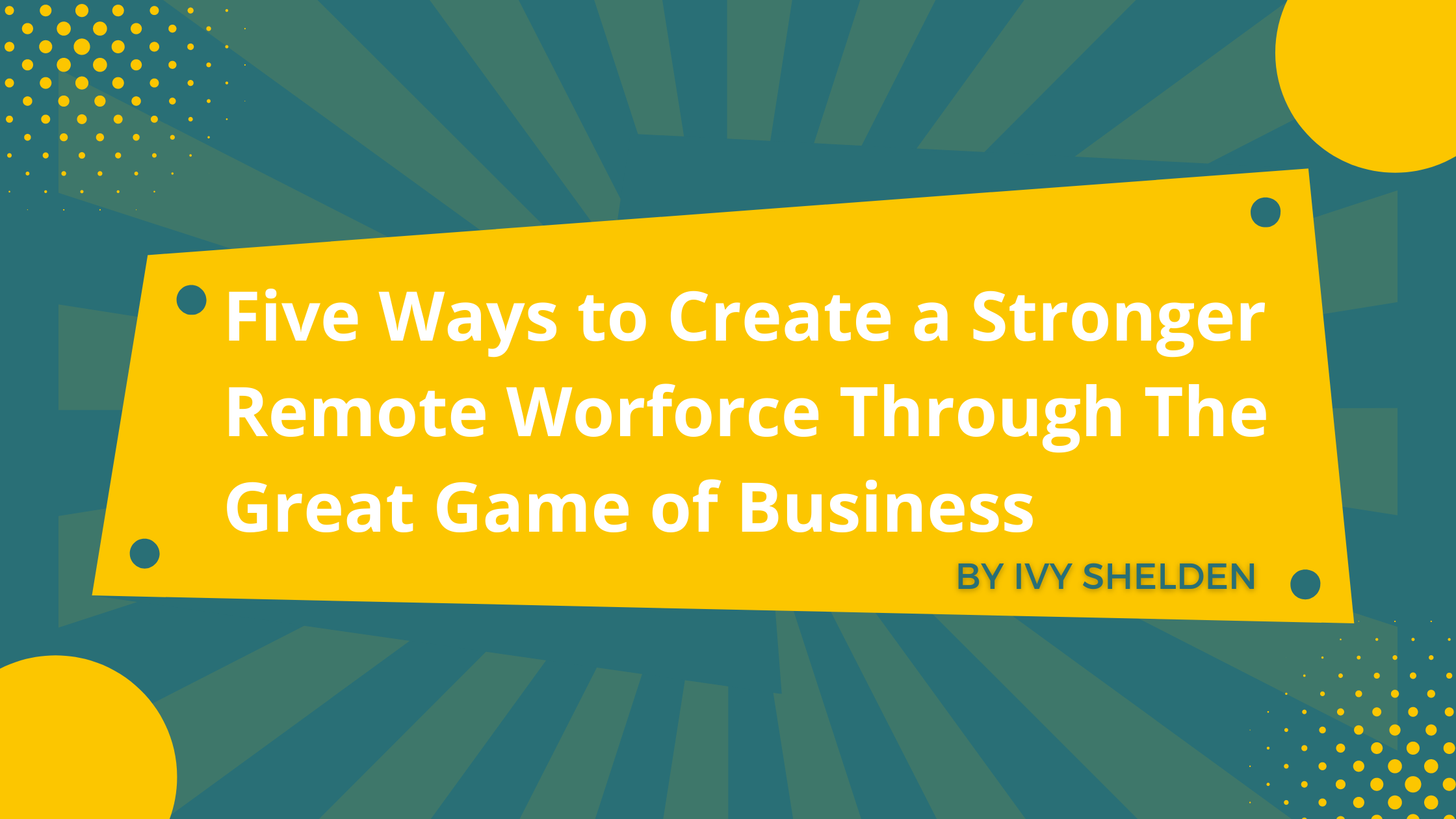








.png)




-5.png)
